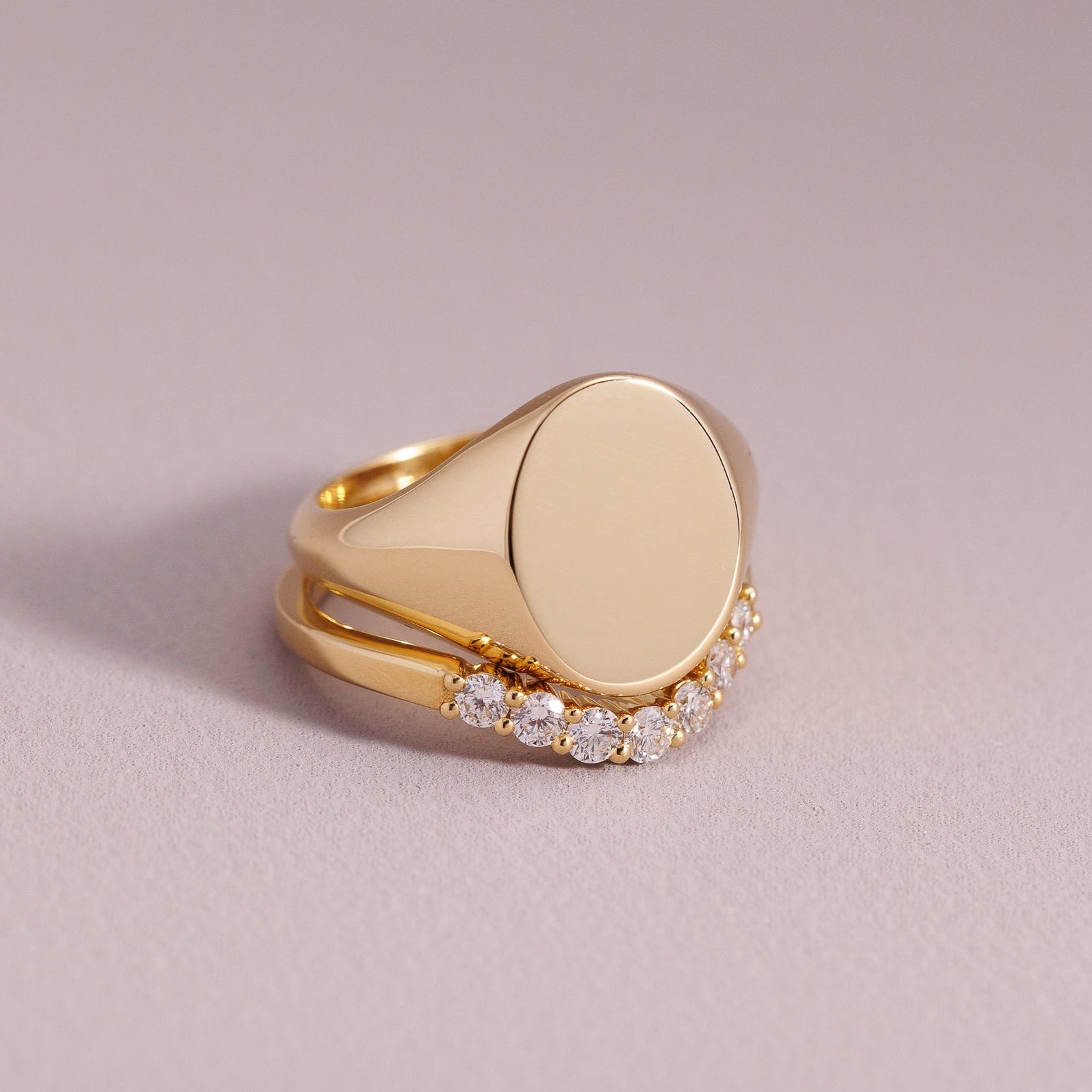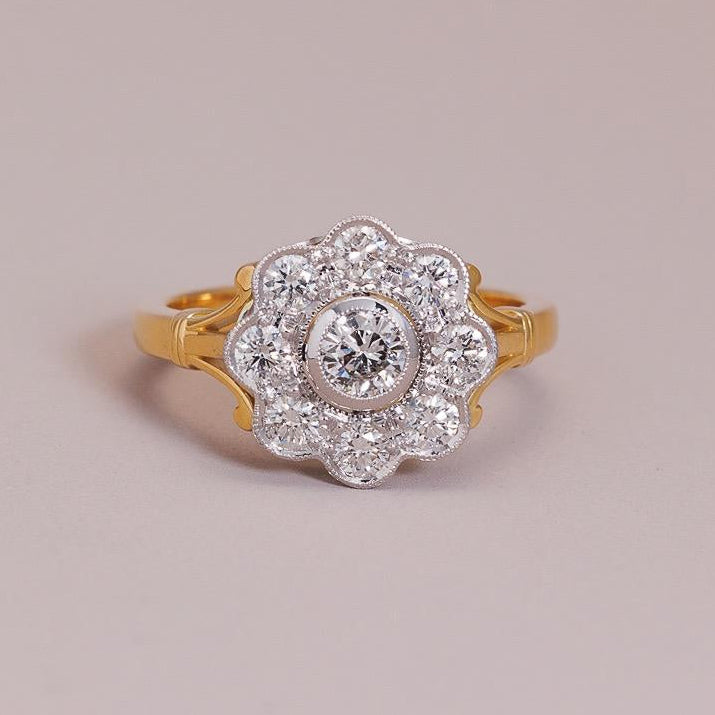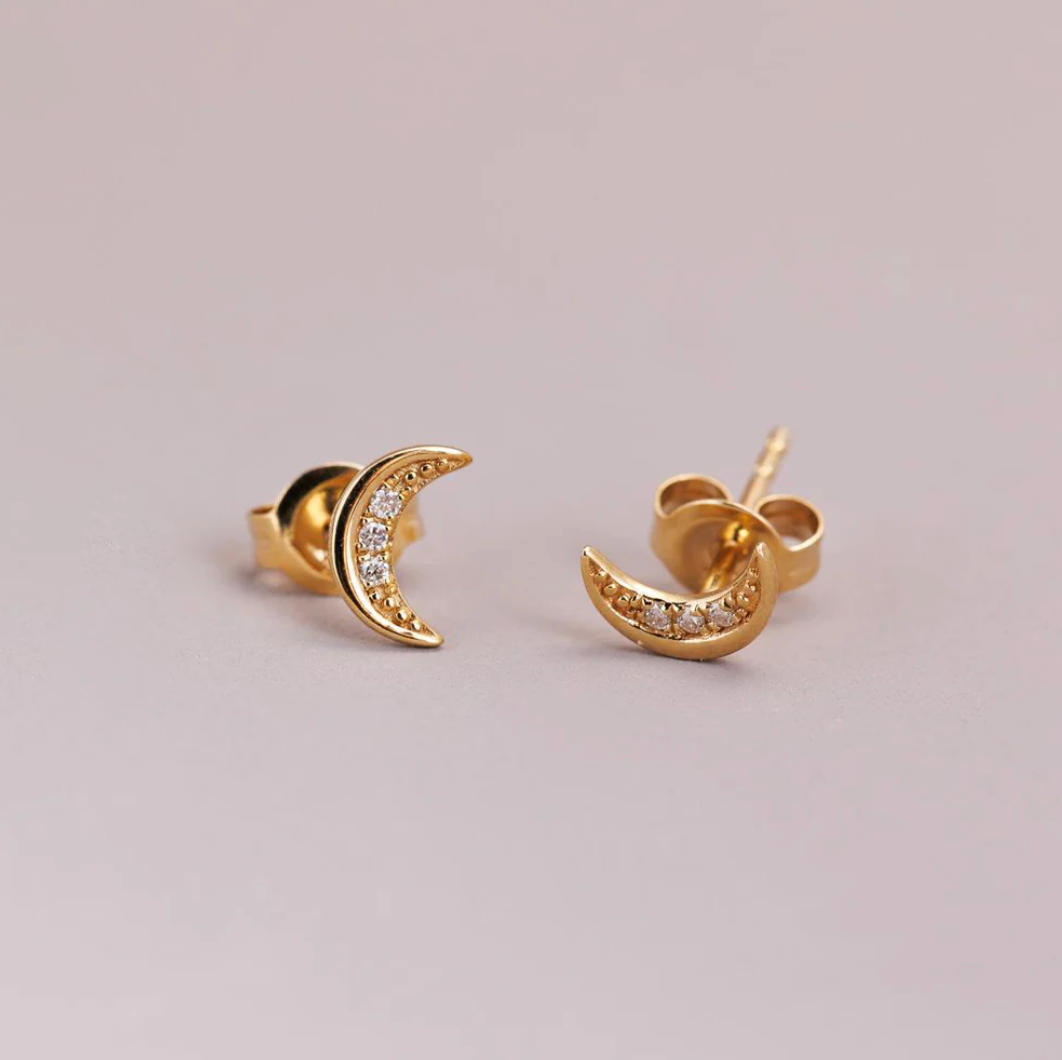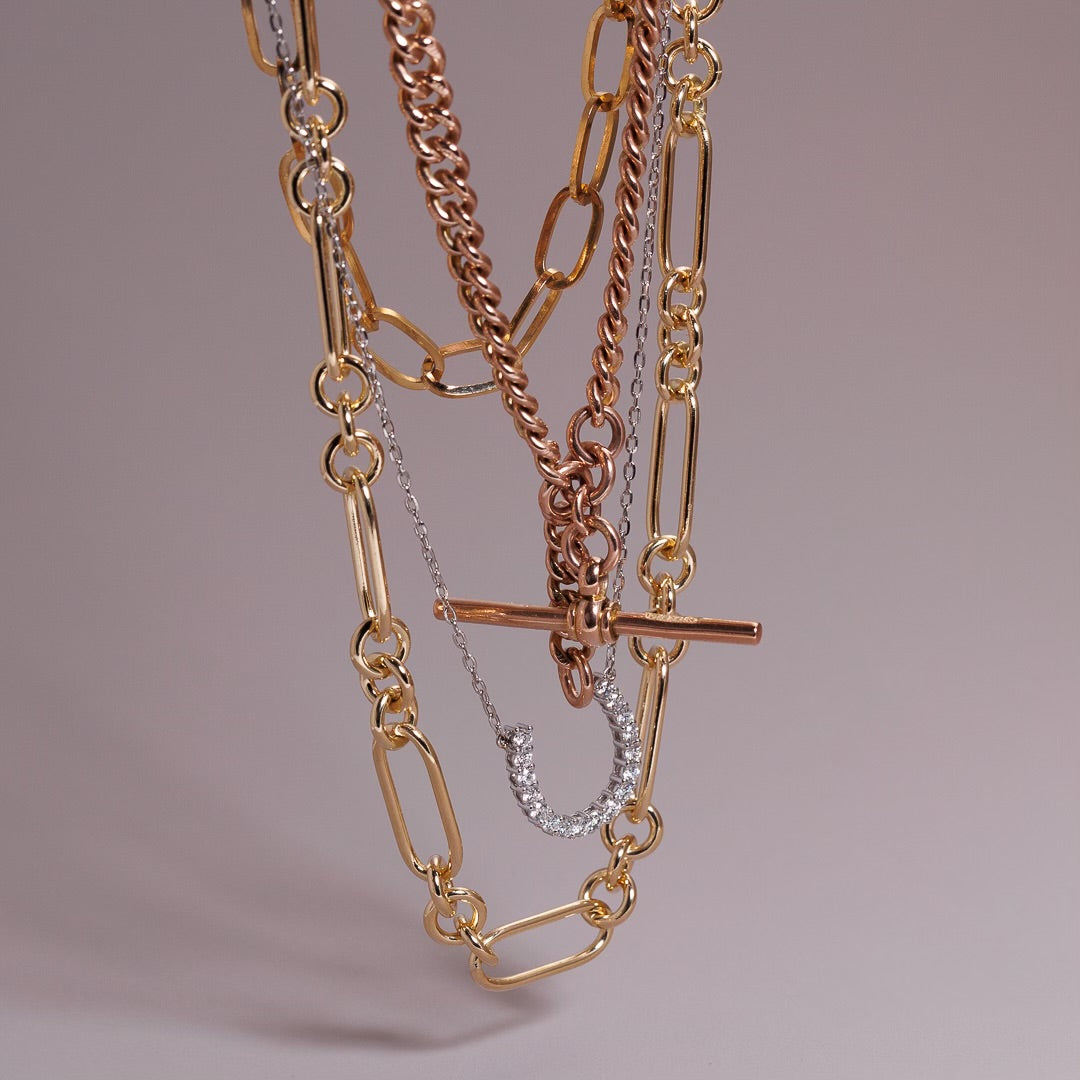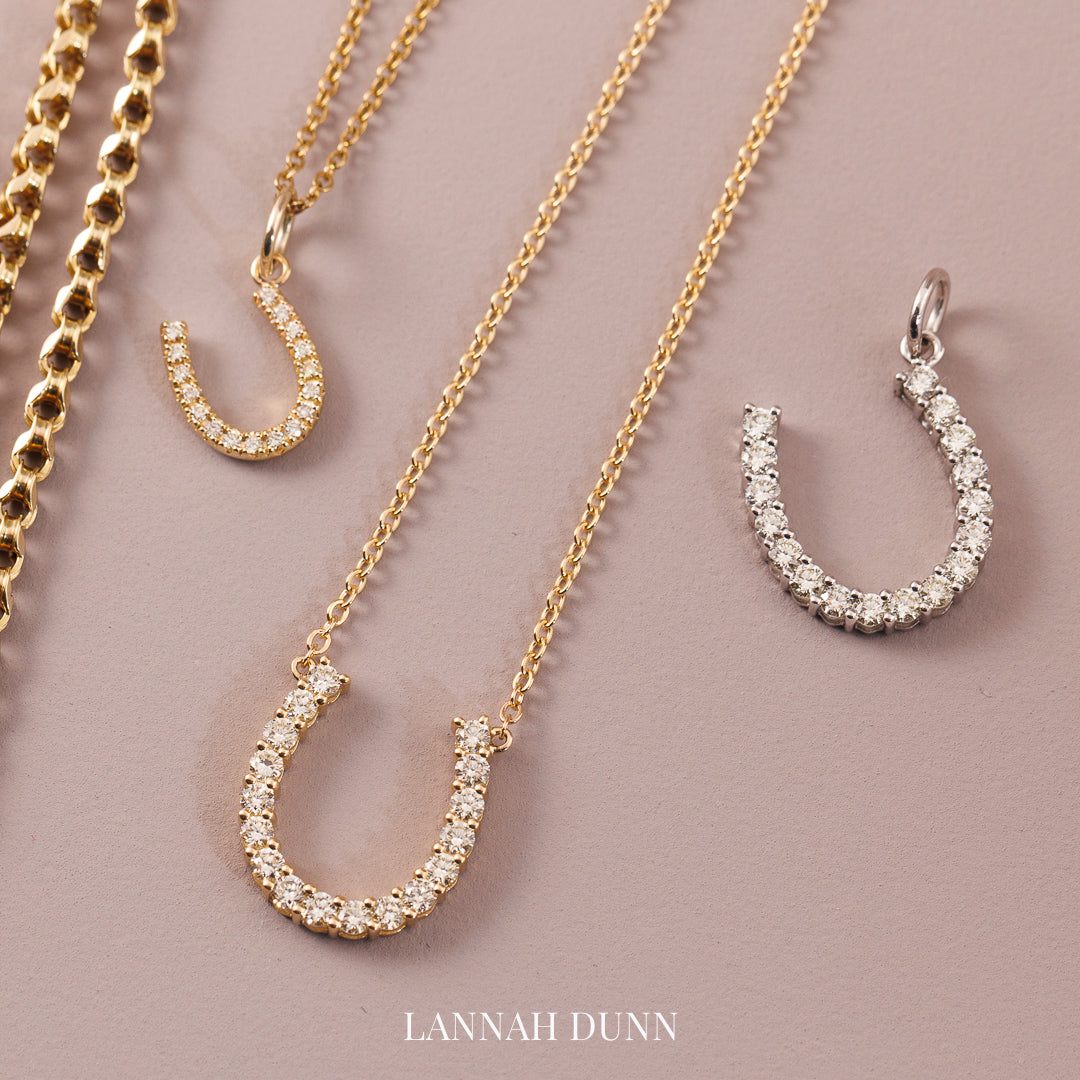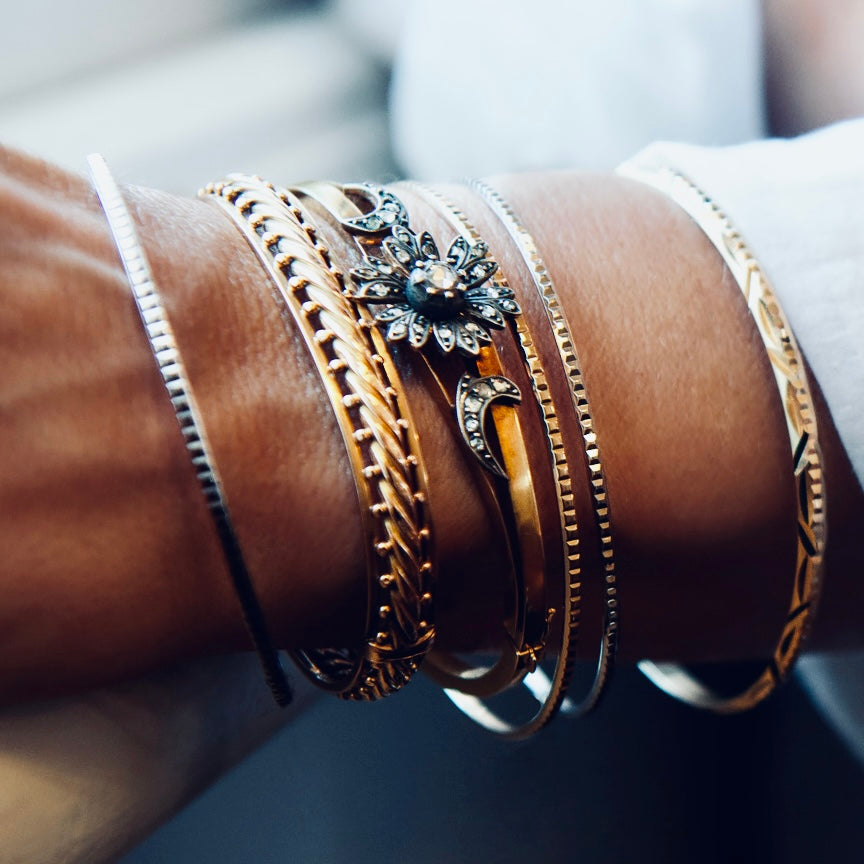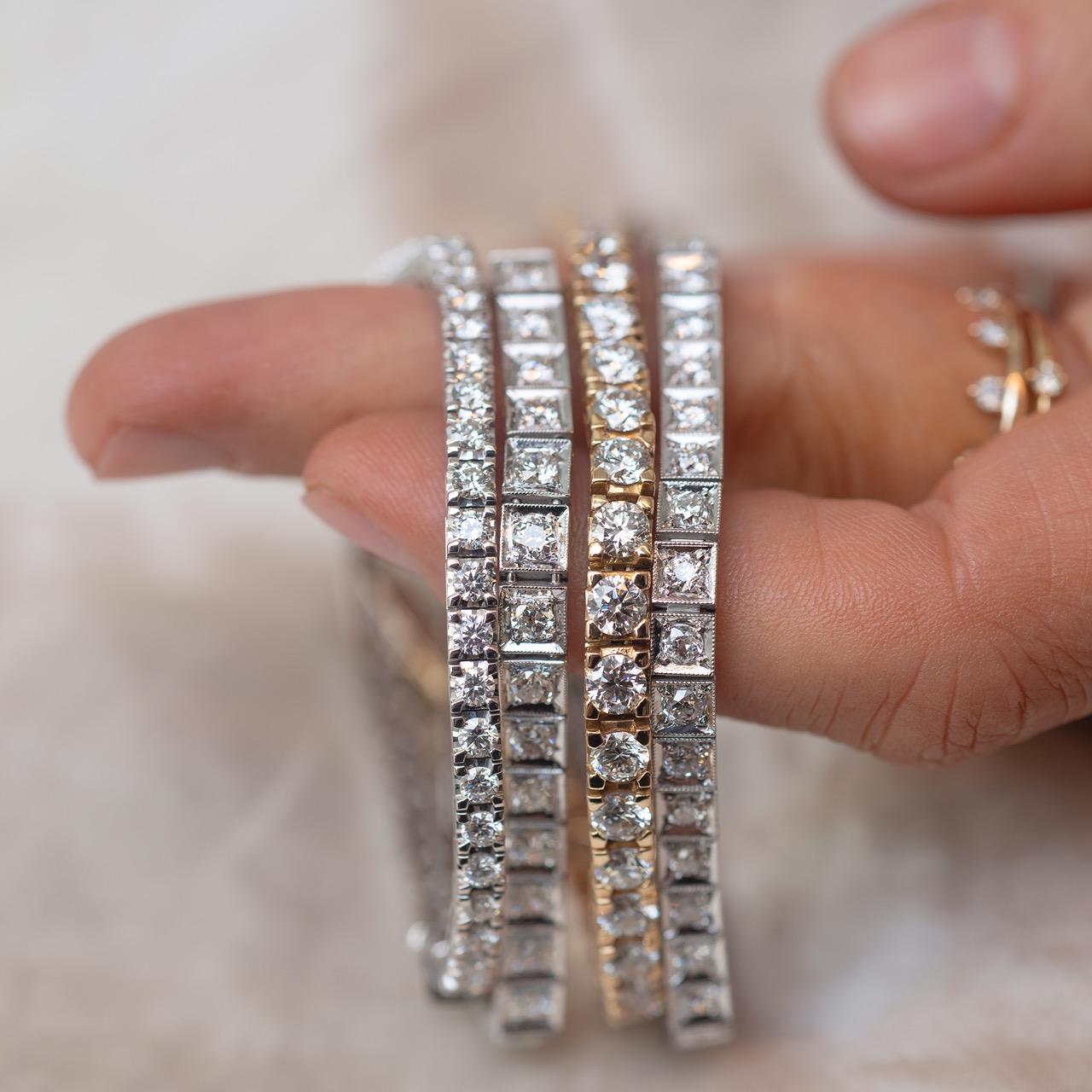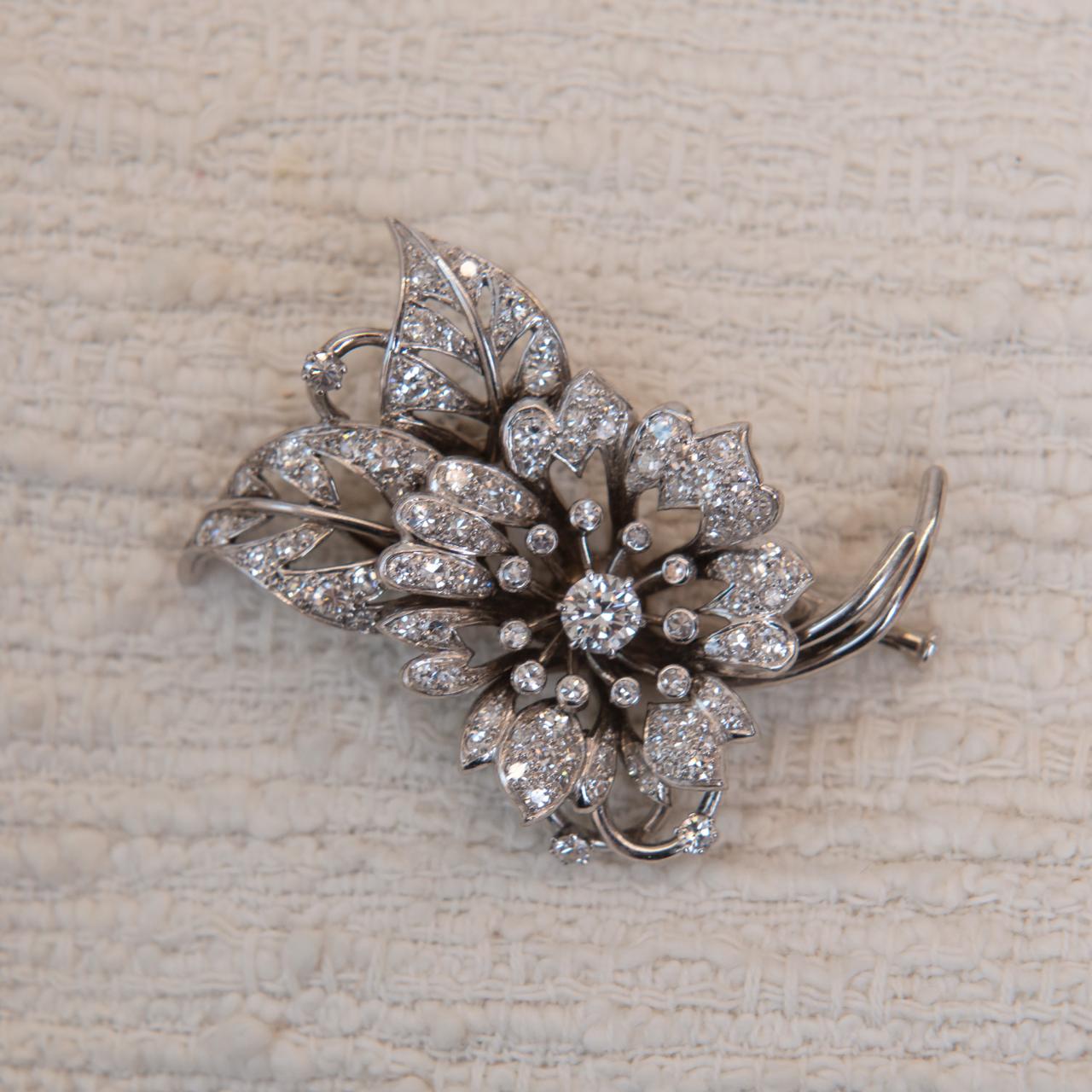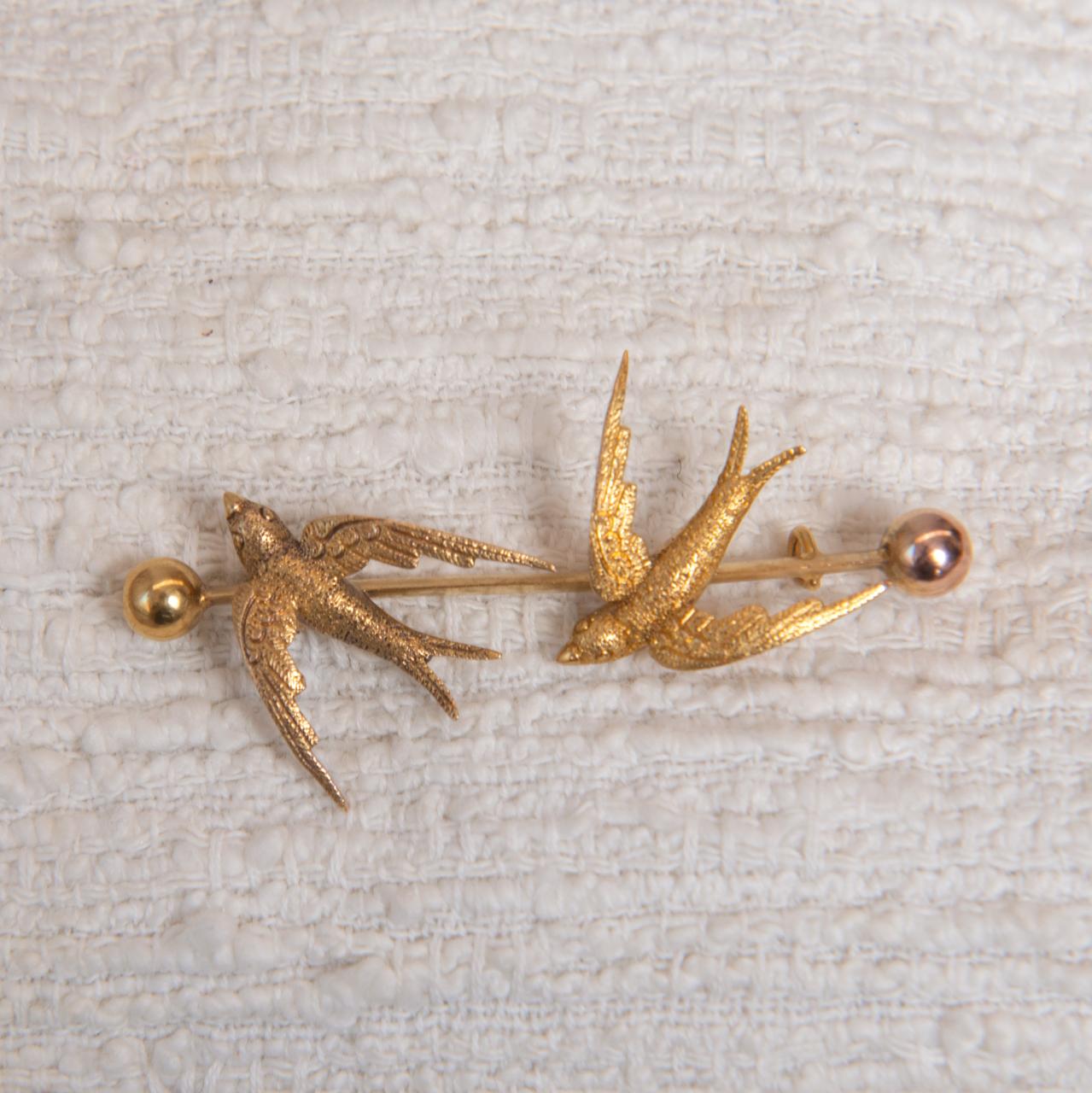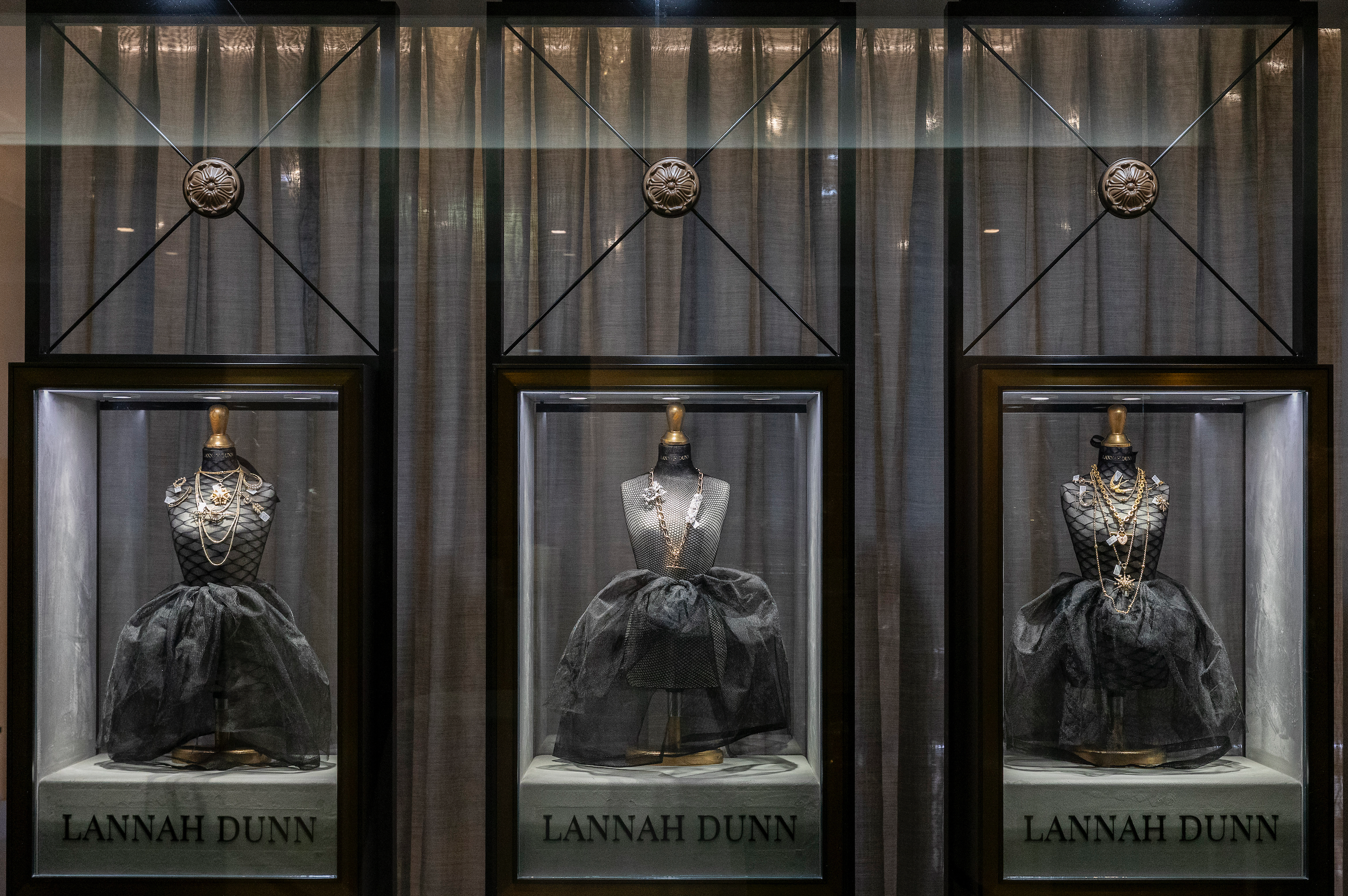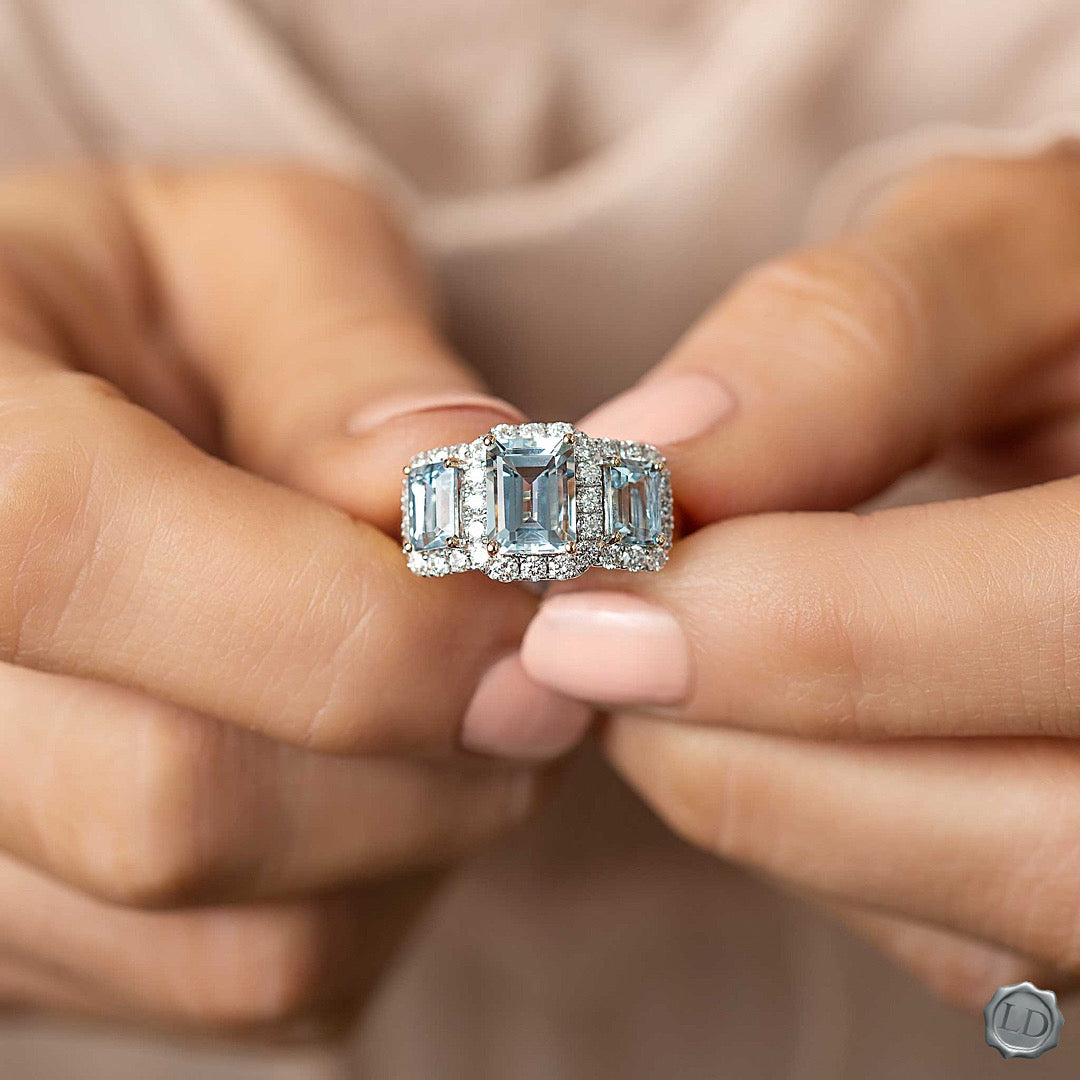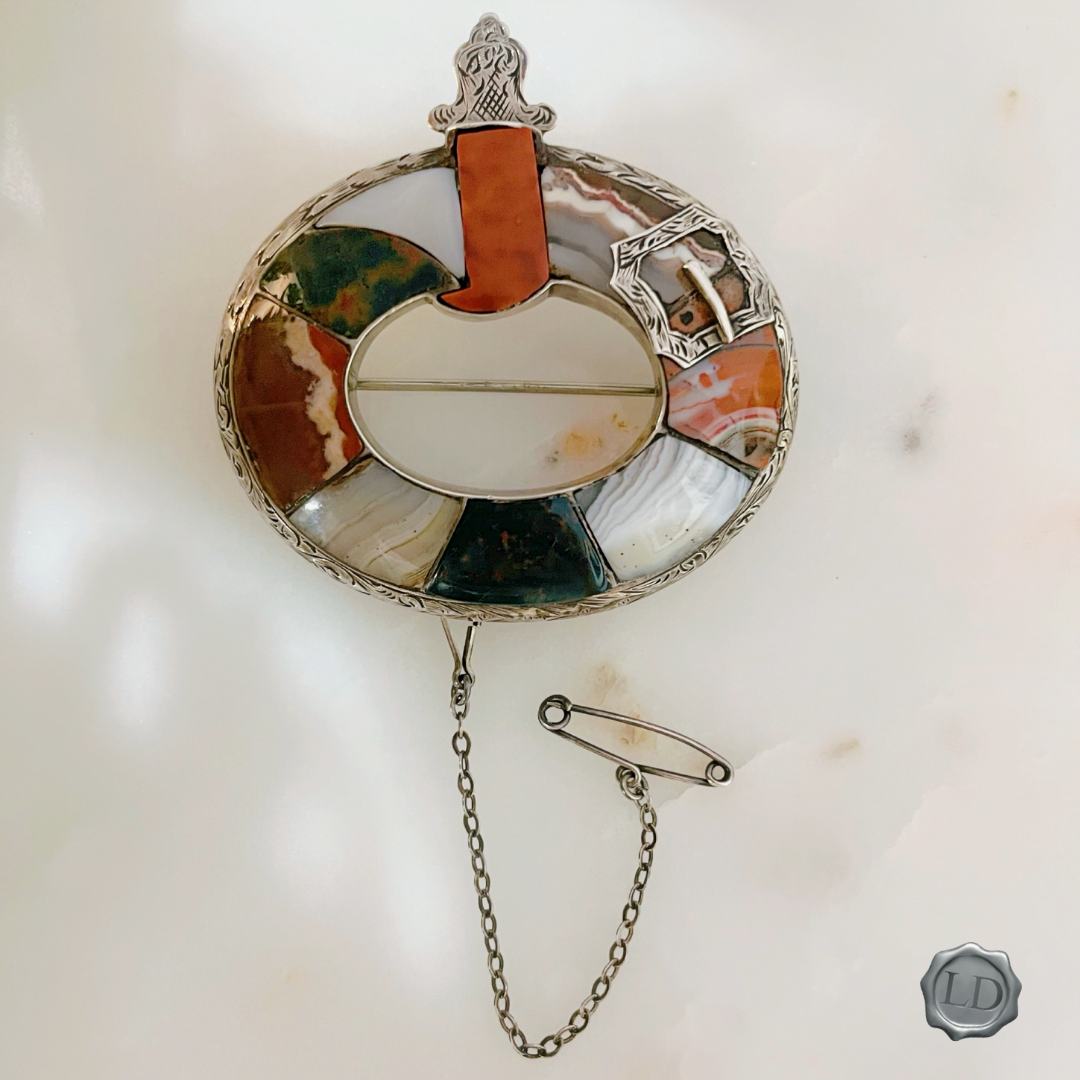
Feature: The Scottish Highlands' agate jewels in Sterling Silver
At Lannah Dunn Fine Jewellery, we have always held dear to us our rich Scottish origins. Admittedly, trinkets from the Scottish Highlands featured in one of Lannah's first antique collections. This collection was, in part, the sparkling result of a sojourn to the breathtaking landscapes and rugged beauty of the Scottish Highlands. Since the Middle Ages, the Scots have vigilantly carved their own distinctively beautiful and profound culture. This unique identity is indisputably personified through the ancient craftsmanship and exquisite design of Scottish jewellery.

Following her first voyage to the Scottish Highlands, Queen Victoria developed a passionate intrigue for the raw splendour of Scotland. This Caledonian captivation culminated in her purchase of Balmoral Castle in 1847, where she made a pastime of fossicking for agate stones in nearby streams. Queen Victoria’s fascination with the simplicity of Scottish charm instigated a Celtic resurgence among her subjects, prompting global influence. In light of the modern mundanities surrounding the Industrial Revolution, Victorians yearned for the romantic escapism of medieval Scotland. As Queen Victoria fashioned her rare agate finds into exquisitely elaborate jewellery, pieces of Scottish origin, particularly those possessing these natural gems, soared in popularity.

Scottish agate, also known as chalcedony quartz, comes in a considerable variety of striking patterns and colours. It is this vast array of bold and characteristic stones that makes Scottish agate jewellery, or ‘pebble jewellery’, so distinctively unique and eclectic. Featuring in the Scottish Crown Jewels, Scottish agate is favoured by the Celts as a treasured talisman for protection and good fortune. Antique Scottish agate pieces typically incorporate stylistic elements intrinsic to Scottish heritage. Traditionally influenced pieces comprise mosaic-like arrangements of agate stones, often set in silver, to form patterns reminiscent of the tartan weave of a Scottish kilt. Additionally, motifs such as the Scottish ‘Luckenbooth’ crowned heart, and Celtic knot work, are prevalent in such pieces. Other Scottish agate jewels speak true of their time, incorporating conventionally Victorian designs such as fine scroll work and intricate, more feminine details. Scottish agate was most prominently used for the creation of brooches, effortlessly pairing incredible, matchless beauty with functionality to secure heavy Victorian garments.

This pin for example, is in the shape of the traditional royal garter. The oval is pierced in the centre and around it are the slivers of agate. The edge is delicately engraved silver. At the base is the ‘ribbon’ in red jasper with an engraved silver tab. To the left is the engraved silver buckle.
Queen Victoria’s death in 1901 signalled a broad decline in the popularity of Scottish agate pieces. It wasn’t until the mid to late 20th century that Scottish agate rose to prominence once again, sparking an influx of numerous glass replicas from the 1950s to 1970s. Due to this incursion of counterfeit agate, original and authentic antique pieces are few and far between and a significant rarity.
Here at Lannah Dunn, we are witnessing our own Scottish resurgence, being graced by the rare presence of such magnificent Scottish agate pieces. Recently released from Lannah’s Trove after a trip to the Highlands in 2019, various original and pristine Scottish agate brooches and bracelets are included in the latest antique collection for Autumn 2022. As we fawn over the Celtic charisma of these exquisitely distinguishing pieces, we cannot help but be intoxicated by the charming allure and beauty of Scottish tradition, just as Queen Victoria nearly 200 years ago.


